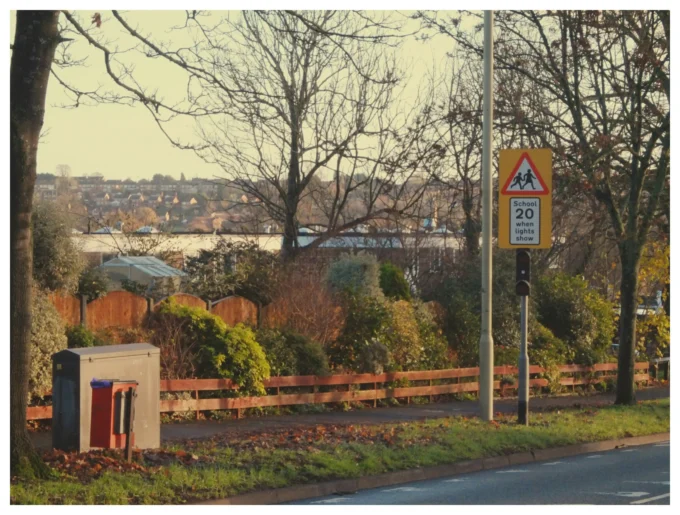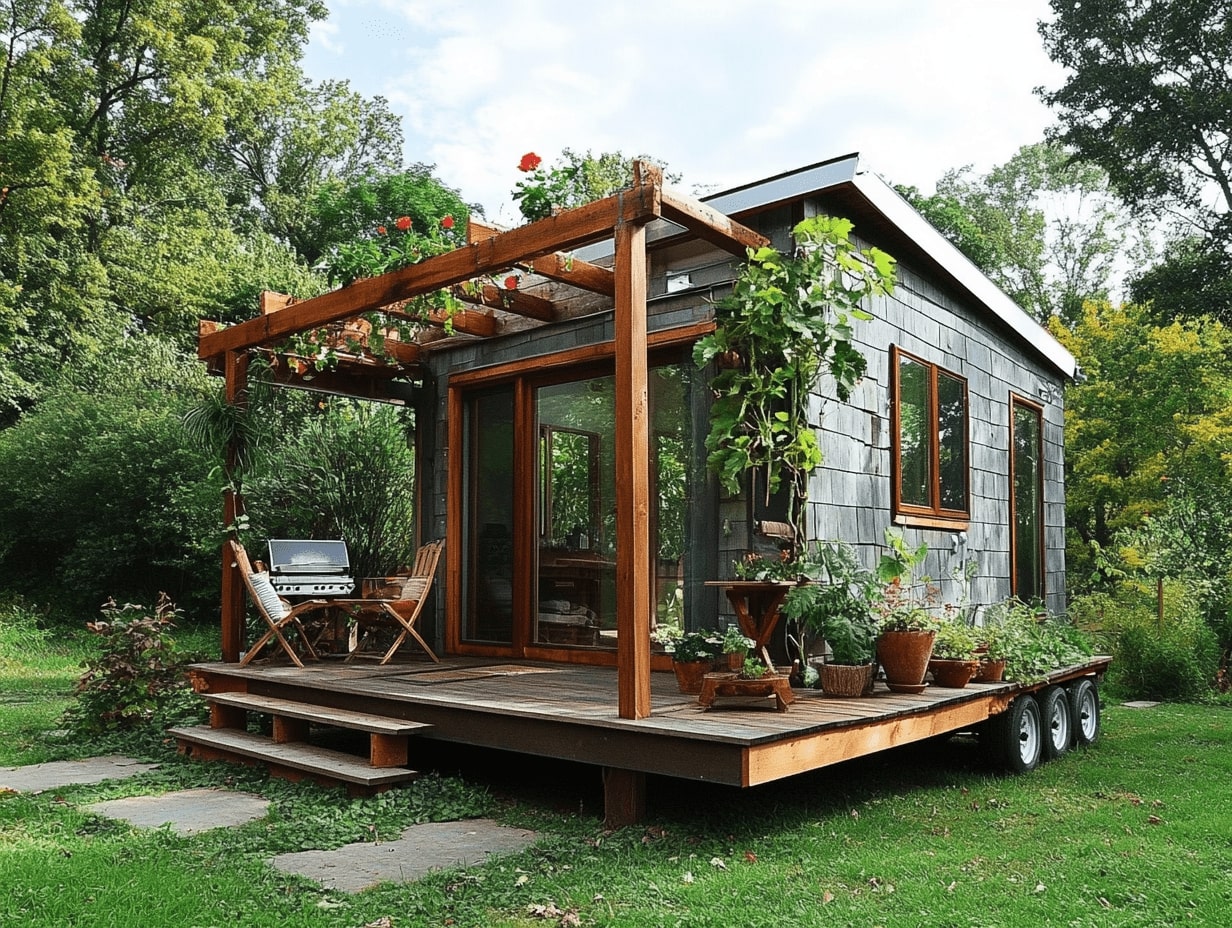- Home
- Articles
- Architectural Portfolio
- Architectral Presentation
- Inspirational Stories
- Architecture News
- Visualization
- BIM Industry
- Facade Design
- Parametric Design
- Career
- Landscape Architecture
- Construction
- Artificial Intelligence
- Sketching
- Design Softwares
- Diagrams
- Writing
- Architectural Tips
- Sustainability
- Courses
- Concept
- Technology
- History & Heritage
- Future of Architecture
- Guides & How-To
- Art & Culture
- Projects
- Interior Design
- Competitions
- Jobs
- Store
- Tools
- More
- Home
- Articles
- Architectural Portfolio
- Architectral Presentation
- Inspirational Stories
- Architecture News
- Visualization
- BIM Industry
- Facade Design
- Parametric Design
- Career
- Landscape Architecture
- Construction
- Artificial Intelligence
- Sketching
- Design Softwares
- Diagrams
- Writing
- Architectural Tips
- Sustainability
- Courses
- Concept
- Technology
- History & Heritage
- Future of Architecture
- Guides & How-To
- Art & Culture
- Projects
- Interior Design
- Competitions
- Jobs
- Store
- Tools
- More
Portable and Foldable Mobile Home Design: How We Build Small, Move Fast, and Live Well
Portable and foldable mobile home design explained: road-legal sizing, modular layouts, off-grid systems, and setup logistics for cozy, code-smart living.

If you’ve ever wished your home could pack up, hit the road, and unfold into a comfortable space wherever you land, you’re our kind of people. Portable and foldable mobile home design blends clever engineering with livable comfort, so we can move lightly without giving up daily rituals. In this guide, we break down the design principles, systems, materials, and real-world logistics that make a high-performing mobile home both road-ready and genuinely cozy.
Table of Contents
ToggleWhat Portable And Foldable Mobile Homes Are
Portable and foldable mobile homes are dwellings designed to travel and compress, then deploy on site into a stable, insulated, full-scale living space. Think of them as compact architectures that fold like luggage and function like a small apartment. The goal isn’t just novelty: it’s to cut setup time, reduce transport costs, and unlock new placement options, from backcountry leases to urban infill.
We treat portable and foldable mobile home design as a system: structure, envelope, mechanicals, and furniture move together. When folded, they meet transport limits (height/width/weight). When unfolded, they meet human limits (clearances, storage, comfort). The magic is in the seams: hinges, slides, and pop-ups that expand volume without creating thermal and acoustic weak spots.

Use Cases And Lifestyle Fit
- Seasonal living: snowbirds, surfers, or remote workers chasing better weather.
- On-site housing: project teams, event crews, or disaster response where speed matters.
- Backyard “plus-one” units: guest suites or studio space that can relocate later.
- Land-light living: lease land today, move tomorrow, without a costly foundation.
If we enjoy small-space efficiencies, appreciate smart tech, and value mobility over square footage, this format fits like a glove.
Core Design Principles
Good design starts with constraints. We plan around road rules, human ergonomics, and climate realities, then layer in flexibility.

Weight, Footprint, And Load Management
We target a road-legal width (often 8.5 ft in the U.S.) and keep axle loads balanced. Lightweight framing (aluminum or composite) plus high-R insulation keeps mass down without gutting comfort. We track three numbers like hawks: gross vehicle weight rating (GVWR), tongue weight (for trailers), and point loads at hinges. Weight maps help us position batteries, water tanks, and appliances so the home tows true and unfolds safely.
Modularity And Reconfiguration
We design in modules, wet core, kitchen block, storage wall, so components ship, service, and upgrade independently. Inside, transforming zones let a lounge become a guest room in 90 seconds. Panels, rails, and quick-connect utilities enable layout tweaks over time. If a part fails, we swap the module, not the entire wall.
Safety, Codes, And Durability
We reference RVIA/NFPA 1192 for RV-like builds, HUD/FHA and local codes for manufactured or modular classifications, and IEC/UL standards for electrical. Hardware is marine-grade where it counts: stainless fasteners, UV-stable gaskets, sealed bearings. We design for 10–15 year service on hinges and seals with routine maintenance: weather edges and folds get redundant barriers and drip control to survive wind-driven rain and road spray.
Space Planning And Interior Strategies
Small doesn’t mean spartan. It means intentional.
Multi-Use Furniture And Transforming Zones
We love furniture that works twice: a dinette that lowers into a guest bed, a desk that pivots over a murphy bed, ottomans with hidden compartments. Clear floor area is sacred, so we mount tables on wall rails, use drop-leaf counters, and slide-out platforms that tuck cleanly when traveling.
Storage Optimization And Accessibility
Everything needs a home, and it shouldn’t require a yoga pose to reach it. We build toe-kick drawers, ceiling nets for soft goods, and vertical pantries only one can deep. Heavy items live low and near the axle line. Labeled bins, 270° hinges, and soft-close hardware keep the space quiet and organized on the move.
Daylight, Ventilation, And Acoustic Comfort
Big windows are tempting, but thermal performance matters. We place insulated glazing strategically, add cross-vent pairs, and specify roof vents with variable-speed, low-dBA fans. Acoustic panels in ceiling coffers and felt-lined cabinetry dampen road squeaks and evening echoes. Result: a bright, calm interior that still stays warm (or cool) with modest energy use.
Structure, Materials, And Folding Mechanisms
The structure carries the story. It must be light, stiff, and forgiving during thousands of fold cycles.

Frame Options: Aluminum, Steel, Composites, And Timber
- Aluminum: excellent strength-to-weight, corrosion resistant: watch galvanic isolation at fasteners.
- Steel: tougher and cheaper, but heavier: best for chassis and high-impact zones.
- Composites (FRP, SIPs): high stiffness, built-in insulation: great for panels and roofs.
- Engineered timber: warm, renewable: we reinforce joints with plates or carbon straps in fold lines.
Envelope, Insulation, And Thermal Bridging Control
We favor continuous exterior insulation with thermal breaks at metal members. Closed-cell foam or high-density mineral wool delivers R-value without bulk. Critical seams get compressible gaskets plus over-lapping drip edges. We detail sill pans and rain screens even on tiny facades, because water always wins if you let it.
Hinge, Slide, And Pop-Up Systems
Hinges take shear and moment loads: we use piano hinges with grease fittings or custom knuckles on replaceable pins. Slides run on sealed bearings with debris sweeps. Pop-ups employ gas struts or linear actuators with manual override. Every moving joint has three layers of defense: structural stop, weather seal, and positive latching for travel.
Systems, Off-Grid Readiness, And Smart Tech
Portable and foldable mobile home design shines when it’s self-reliant. We size systems for realistic loads, not fantasy minimalism.

Power, Solar, And Battery Management
A typical off-grid package: 800–2000W rooftop solar (hinged wings where legal), a 3–10kWh LiFePO4 battery bank, and a 3kW inverter/charger. We include shore power, MPPT charge controllers, and DC distribution for fridges and fans. A battery monitor with SOC, cycle count, and temp sensors prevents surprise blackouts.
Water, Waste, And Thermal Comfort
Freshwater tanks ride over the axle: gray/black tanks get heated pads for shoulder seasons. Options include cassette toilets, composting units, or macerators, depending on placement rules. For comfort, we mix a high-SEER heat pump (ductless or packaged), a small diesel/propane heater for deep winter, and ERV ventilation to keep humidity in check.
Connectivity, Controls, And Security
We spec cellular routers with dual SIMs, Starlink or similar where needed, and a local network that still runs if the WAN dies. Centralized controls tie lighting scenes, tank levels, and climate into a single app, plus manual switches for redundancy. Door/window sensors and an IMU-based motion alarm keep things safe during stops.
Mobility, Setup, Cost, And Compliance
Mobility isn’t just about wheels, it’s the choreography from driveway to doorstep.

Towing Classes And Transport Logistics
Match rig to load: many builds fit within light-duty pickups (Class III/IV hitches), but longer or heavier homes may need HD trucks or professional transport. We plan routes for bridge clearances, wind corridors, and weigh stations. Travel kits include spare bearings, torque wrenches, and a tire pressure monitoring system.
Leveling, Anchoring, And Weatherproofing
On site, we level first, then deploy. Screw jacks or air suspension handle micro-adjustments: ground pads spread loads on soft soils. Anchors or earth screws add uplift resistance in windy regions. After unfolding, we inspect seals, snap in rain skirts, and test for leaks with a quick hose-down.
Budgeting, Lifecycle, And Environmental Impact
Costs vary widely, but a quality, off-grid-ready unit typically rivals a new car to small condo. We budget beyond the shell: transport, permits, hookup gear, and spares. Over the lifecycle, fewer materials and relocatability mean less embodied carbon. Choose durable finishes, repairable mechanisms, and recyclable metals to keep the footprint honest.
Zoning, Certification, And Placement Strategies
Rules differ. Some jurisdictions treat these as RVs (limited stay), others as ADUs or modular units with permits. We verify zoning, setbacks, and utility tie-ins before moving. Certifications (RVIA, NOAH, or state modular approvals) streamline insurance and financing and make placement conversations smoother with AHJs.
Conclusion
Portable and foldable mobile home design isn’t a gimmick. When we respect weight, weather, and code, and obsess over hinges, gaskets, and systems, we get homes that travel light and live big. Start with your use case, pick materials that earn their keep, and design for serviceability. Do that, and the only hard part is deciding where to open the door next.
- affordable mobile homes
- compact living homes
- custom mobile homes
- easy setup mobile homes
- eco-friendly mobile homes
- efficient mobile homes
- fast build mobile homes
- foldable mobile home design
- minimalist mobile homes
- mobile home construction
- mobile home design ideas
- mobile home efficiency
- modern mobile homes
- portable mobile homes
- quick assembly homes
- small mobile homes
- space-saving home designs
- tear down mobile homes
- tiny house living
- transportable tiny homes
Submit your architectural projects
Follow these steps for submission your project. Submission FormLatest Posts
10 Creative Furniture Ideas to Maximize Space in a Tiny Home
Living in tiny homes means you must use space wisely. Every inch...
10 Captivating Tiny Homes That’ll Have You Dreaming of Moving Into One
From treetop hideaways and solar‑powered skoolies to minimalist A‑frames perched on alpine...
Shed House vs Tiny House: Which One is Better For You
If you want to simplify your life, save money, and reduce your...
Top 5 Best Tiny House Building Companies in USA for Sustainable Small-Space Living
Discover the best tiny house building companies in the U.S. offering exceptional...












Leave a comment